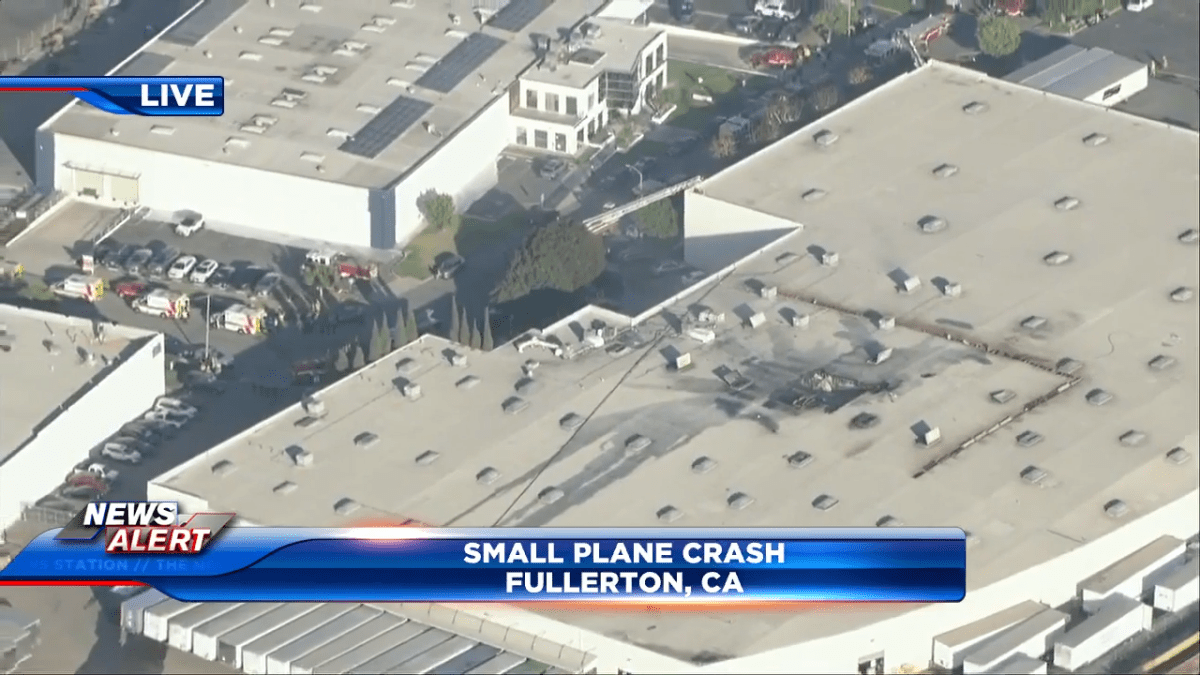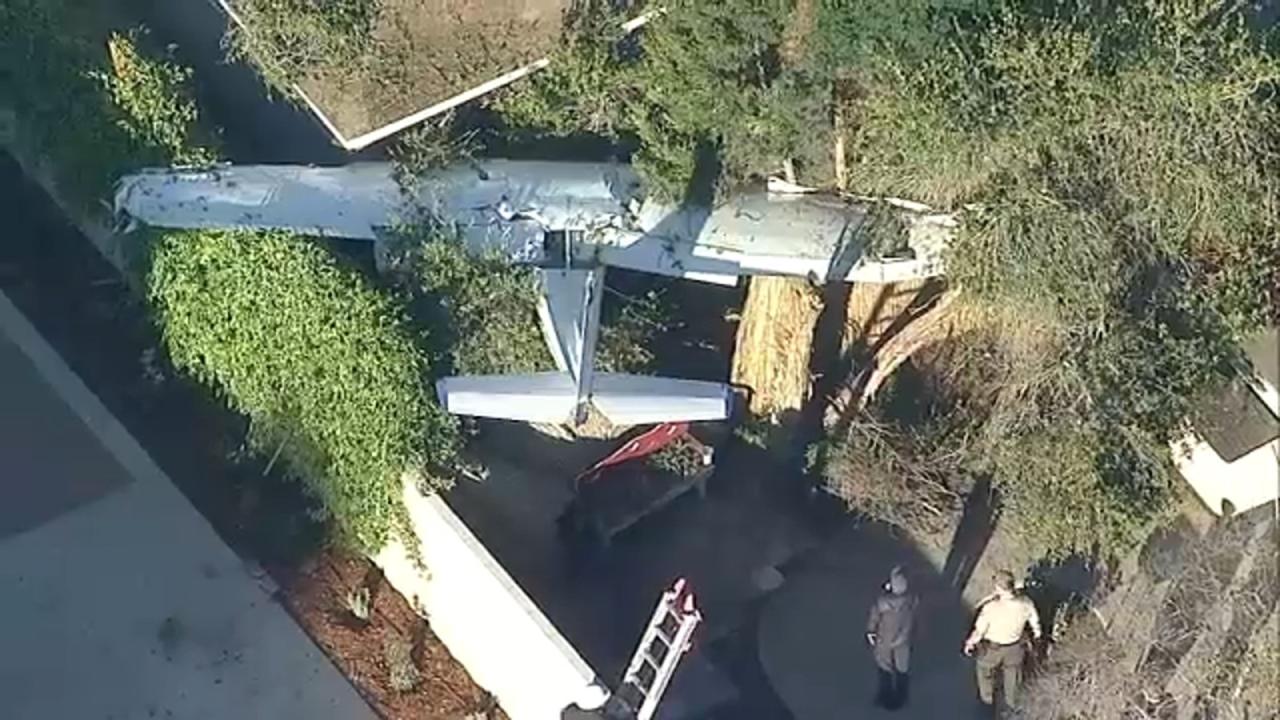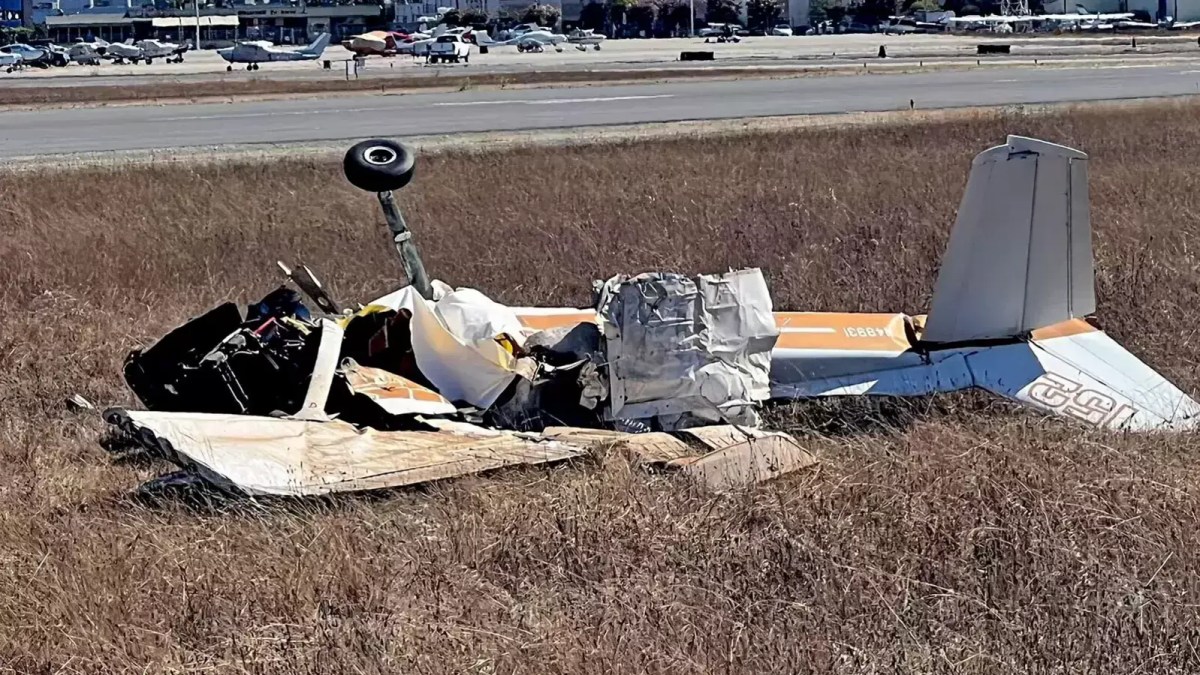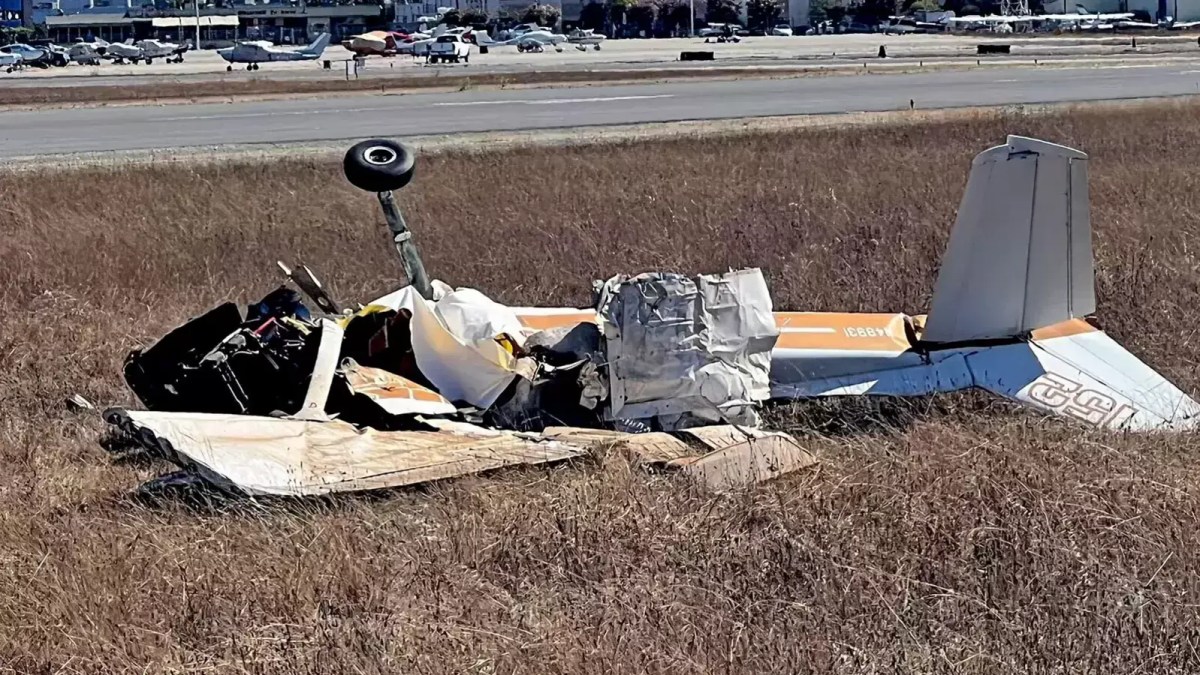Plane Crash California: The Golden State’s history is unfortunately marked by numerous aviation tragedies. From small propeller planes to large commercial jets, these incidents have claimed countless lives and left lasting impacts on communities. This exploration delves into the historical context, geographic patterns, contributing factors, and aftermath of these devastating events, offering a comprehensive look at a somber chapter in California’s past.
We’ll examine the evolution of aviation safety regulations in response to these crashes, analyzing recurring patterns and improvements in safety measures over time. We’ll also investigate the environmental consequences of these accidents, including fuel spills and debris dispersal, and explore the human element, including pilot error, mechanical failure, and the impact of weather conditions.
A History of Plane Crashes in California: Plane Crash California
California, with its extensive coastline, mountainous terrain, and busy airspace, has unfortunately witnessed a significant number of plane crashes throughout its history. This article examines the historical context, geographic impact, contributing factors, and aftermath of these incidents, providing insights into aviation safety evolution and rescue operations in the state.
Historical Context of Plane Crashes in California
Analyzing plane crashes in California reveals a complex interplay of technological advancements, evolving safety regulations, and persistent challenges related to human error and environmental factors. A timeline of significant crashes highlights the gradual improvement in safety, although challenges remain.
- Early Years (Pre-1950s): Characterized by a higher frequency of crashes due to less sophisticated aircraft technology and less stringent safety regulations. Many crashes involved smaller, propeller-driven aircraft. Casualties were often high.
- Mid-20th Century (1950s-1980s): The introduction of jet aircraft brought about both increased capacity and new safety challenges. Major crashes during this period led to significant advancements in air traffic control and aircraft design. Improved safety standards and stricter regulations gradually reduced the crash rate.
- Modern Era (1990s-Present): While the overall rate of crashes has decreased, major incidents continue to occur, often highlighting the ongoing importance of pilot training, maintenance protocols, and technological advancements in preventing accidents.
Following major crashes, California, like the rest of the nation, saw significant changes in aviation safety regulations, including stricter pilot licensing requirements, improved maintenance standards, and advancements in air traffic control technology. Recurring patterns, such as pilot error and weather-related incidents, have persisted across decades, emphasizing the need for continuous improvements.
Geographic Impact and Location Analysis
The geographic distribution of plane crashes in California reveals a correlation between crash frequency and specific geographical features. High-traffic areas and challenging terrains contribute to higher risk.
| Location | Date | Aircraft Type | Casualties |
|---|---|---|---|
| Example Location 1 (near mountainous region) | MM/DD/YYYY | Example Aircraft Type | Number |
| Example Location 2 (near coastal area) | MM/DD/YYYY | Example Aircraft Type | Number |
| Example Location 3 (major airport vicinity) | MM/DD/YYYY | Example Aircraft Type | Number |
| Example Location 4 (desert region) | MM/DD/YYYY | Example Aircraft Type | Number |
Mountainous regions and coastal areas, with their unpredictable weather patterns and challenging terrain, present higher risks. Areas with high air traffic density, such as near major airports, also experience a greater frequency of incidents. Fuel spills and debris dispersal following crashes pose significant environmental concerns, necessitating prompt cleanup and environmental impact assessments.
Types of Aircraft Involved

The types of aircraft involved in California plane crashes reflect the evolution of aviation technology and the prevalence of certain aircraft models within the state’s airspace. Size, age, and manufacturer play significant roles in safety records.
- Small, Single-Engine Aircraft: These are frequently involved in crashes due to their vulnerability to weather conditions and potential for mechanical failures.
- Larger, Multi-Engine Aircraft: While less frequent, crashes involving larger aircraft often result in more significant casualties.
- General Aviation Aircraft: This category encompasses a wide range of aircraft types, each with its own safety profile.
- Commercial Airliners: Major incidents involving commercial airliners are relatively rare but receive significant public attention.
A comparative analysis of aircraft manufacturers reveals variations in safety records, reflecting differences in design, manufacturing processes, and maintenance practices. Detailed examination of maintenance history and operational records for specific aircraft involved in notable crashes provides valuable insights into contributing factors.
Contributing Factors and Causes of Crashes, Plane crash california

Multiple factors contribute to plane crashes in California, often interacting in complex ways. Understanding these factors is crucial for preventing future incidents.
- Pilot Error: This remains a significant contributing factor, encompassing issues such as spatial disorientation, poor decision-making, and inadequate pilot training.
- Mechanical Failure: Malfunctions in aircraft engines, control systems, or other critical components can lead to crashes. Regular maintenance and rigorous inspection protocols are vital.
- Weather Conditions: California’s diverse weather patterns, including fog, strong winds, and mountain waves, pose significant challenges to pilots.
- Air Traffic Control Issues: While relatively rare, air traffic control errors can contribute to accidents, highlighting the importance of effective communication and coordination.
Human factors, such as pilot fatigue, inadequate training, and communication breakdowns, play a crucial role in many accidents. Technological failures and design flaws, though less frequent, can have catastrophic consequences.
Rescue and Recovery Efforts

Effective rescue and recovery operations are critical in minimizing casualties and mitigating environmental damage following plane crashes. The response involves coordinated efforts from multiple agencies.
Typical procedures involve rapid deployment of emergency responders, including fire and rescue teams, law enforcement, and medical personnel. The effectiveness of rescue operations varies depending on factors such as the location of the crash, weather conditions, and terrain accessibility. Challenges in mountainous or remote areas often prolong response times and complicate rescue efforts.
Aftermath and Public Response

Plane crashes in California evoke strong public and media reactions, often leading to intense scrutiny of aviation safety practices and regulatory oversight. Affected communities and families experience profound grief and loss.
Significant crashes often result in legal action, investigations, and regulatory changes aimed at improving safety. Public inquiries and media coverage play a crucial role in shaping public opinion and influencing policy decisions. The long-term impact on communities and families is profound, requiring significant support and resources for recovery.
Illustrative Example: A Detailed Case Study
The [Name of Crash] crash, which occurred on [Date] near [Location], serves as a compelling case study.
Aircraft: [Aircraft Type and details]
Circumstances: [Detailed description of the events leading up to the crash, including weather conditions and pilot actions. Be specific and descriptive, but avoid speculating on the causes].
Investigation: [Summary of the investigation process, including the agencies involved and key findings. Focus on factual details and avoid speculation].
Aftermath: [Description of the immediate aftermath, including rescue efforts, casualty figures, and the long-term impacts on the community].
The crash site was located in a [Description of the terrain – e.g., rugged, mountainous area with dense forestation, or a relatively flat, open field]. The [Description of the immediate surroundings – e.g., scattered debris field, wreckage embedded in the hillside, etc.] was a stark reminder of the destructive power of the impact. The investigation meticulously pieced together the events leading up to the crash, relying on eyewitness accounts, flight data recorders, and wreckage analysis.
Concluding Remarks
Understanding the history of plane crashes in California isn’t just about remembering the past; it’s about learning from it. By analyzing the contributing factors, investigating rescue and recovery efforts, and examining the public response to these tragedies, we can strive towards enhancing aviation safety and minimizing the devastating impact of future incidents. The detailed case study will provide a concrete example of the complexity and far-reaching consequences of such events.
Remembering the victims and learning from these events is crucial for the future of aviation safety.
Essential Questionnaire
What is the deadliest plane crash in California history?
This requires further research beyond the provided Artikel to definitively answer. The Artikel doesn’t specify the deadliest crash.
How common are plane crashes in California compared to other states?
This requires additional data analysis to compare California’s crash statistics to other states. The Artikel doesn’t provide this comparative data.
What organizations are responsible for investigating plane crashes in California?
Typically, the National Transportation Safety Board (NTSB) leads major investigations, alongside local and state agencies depending on the specifics of the crash.
What support is available for families of victims in plane crashes?
Various organizations offer support, including victim advocacy groups, mental health services, and legal aid. Specific resources would need further research.
